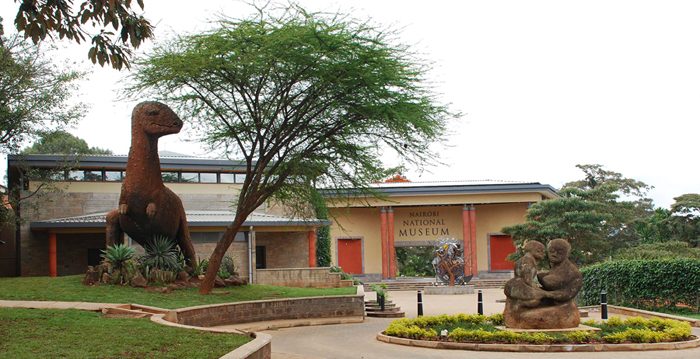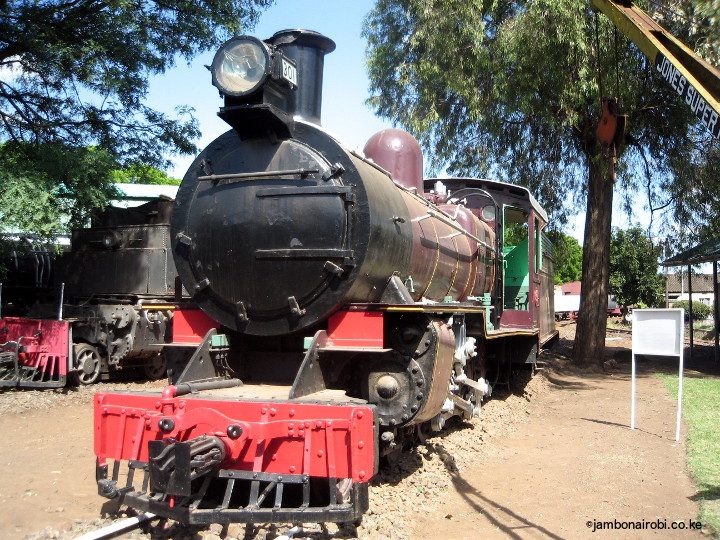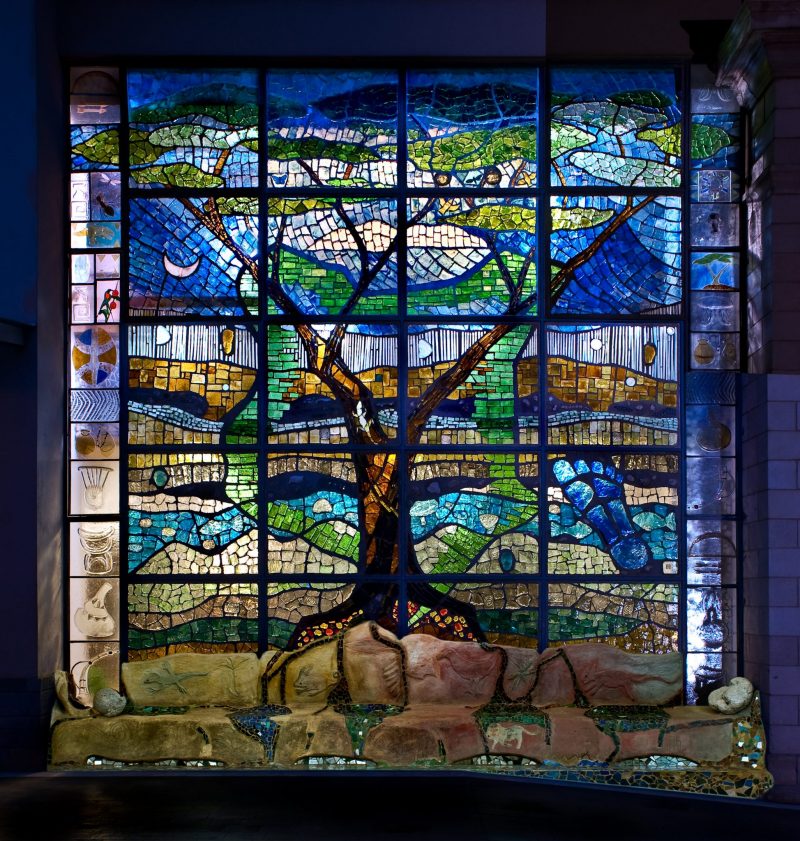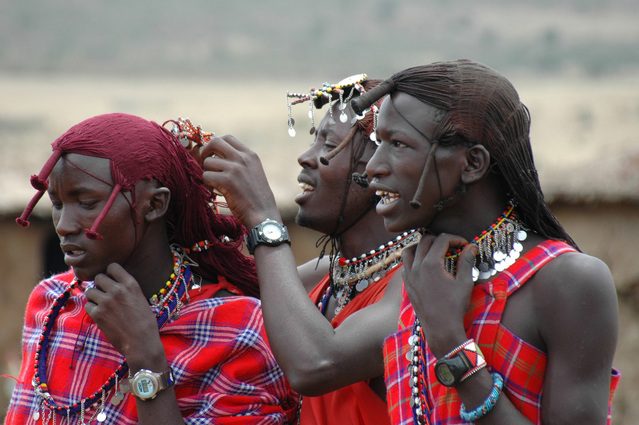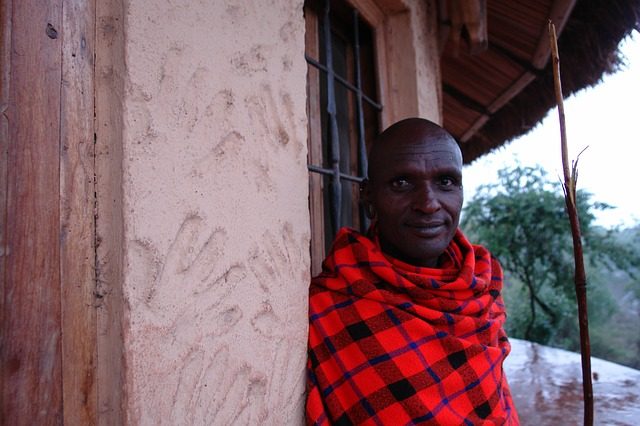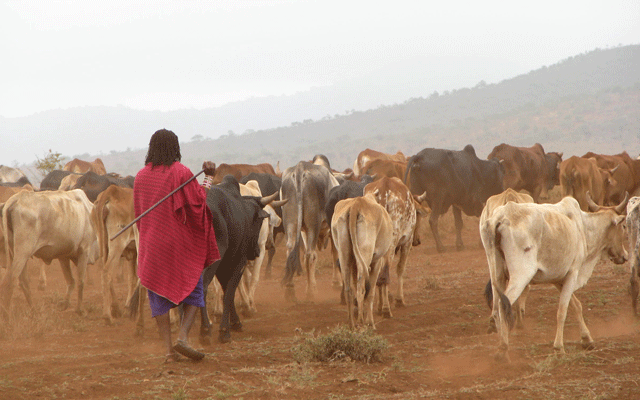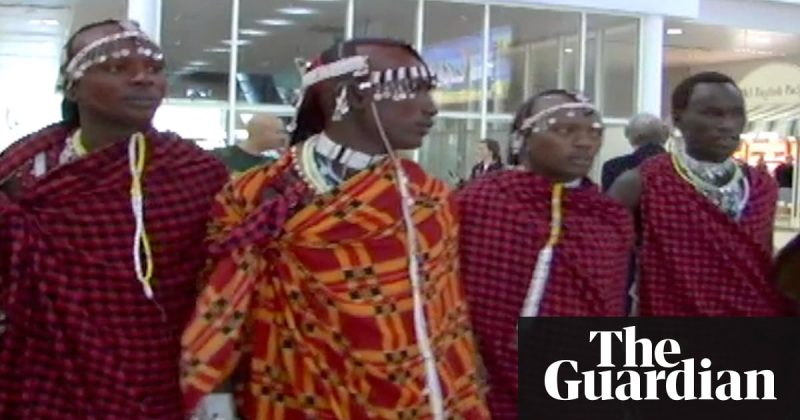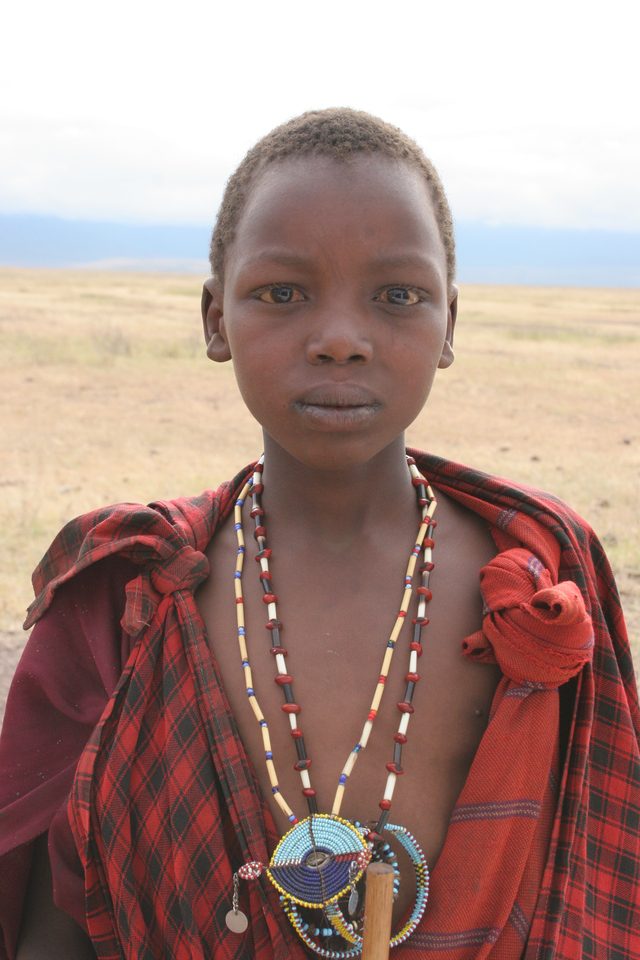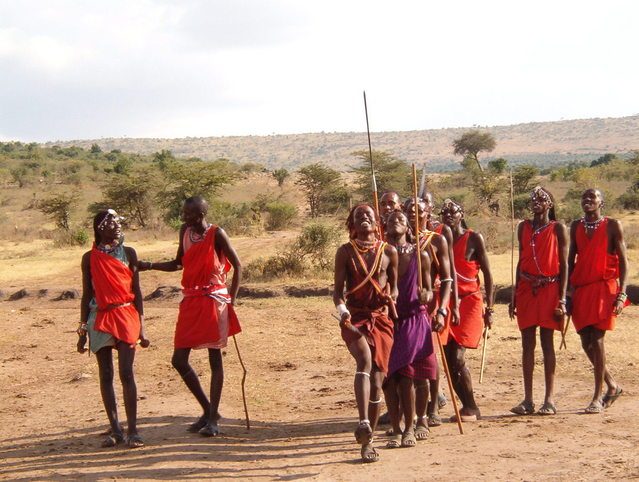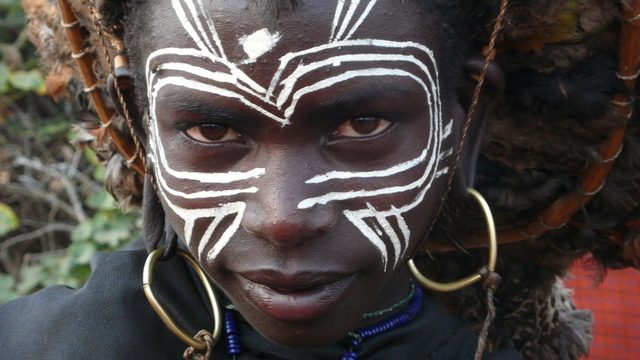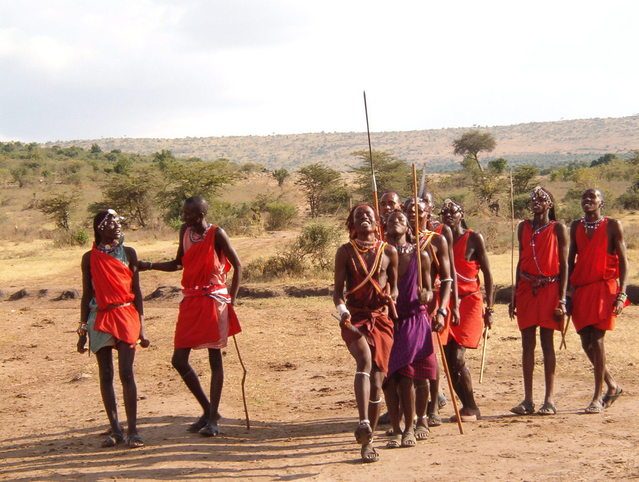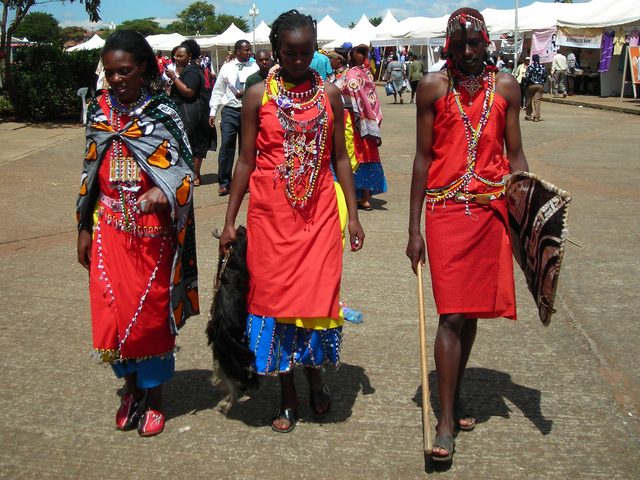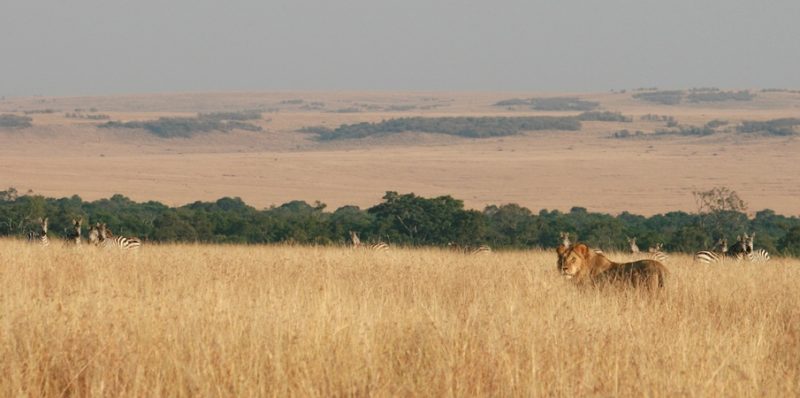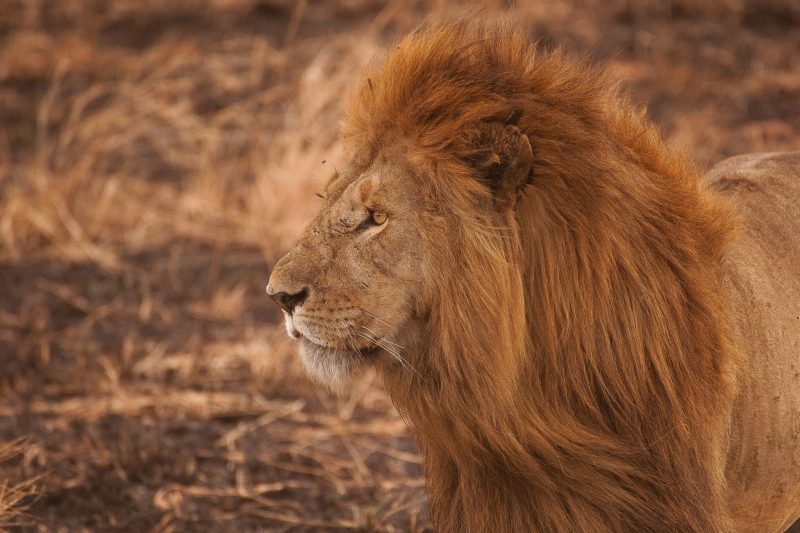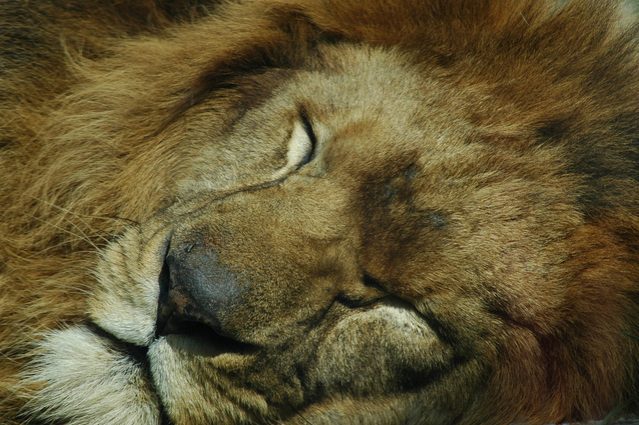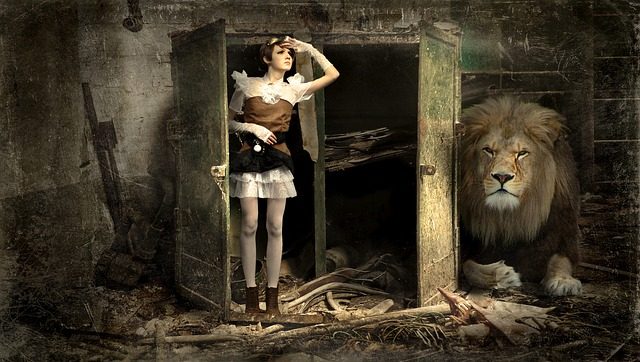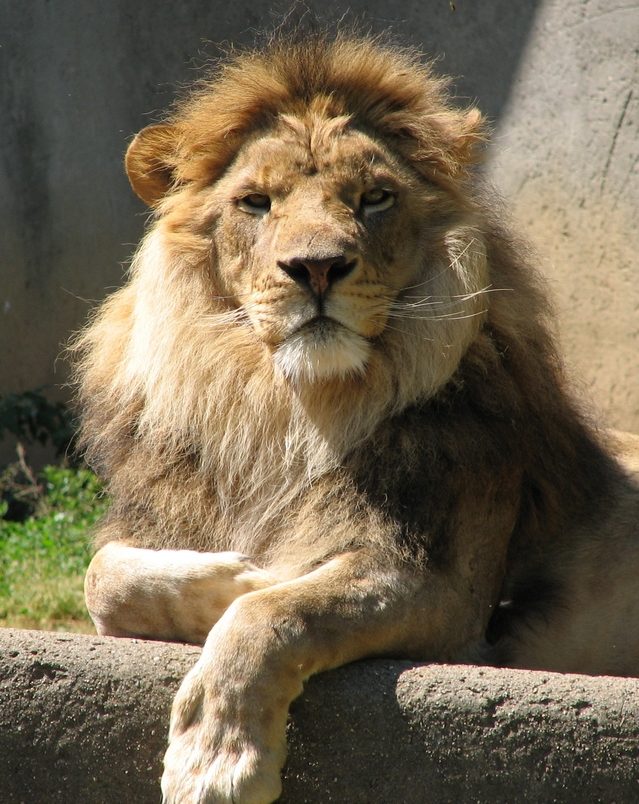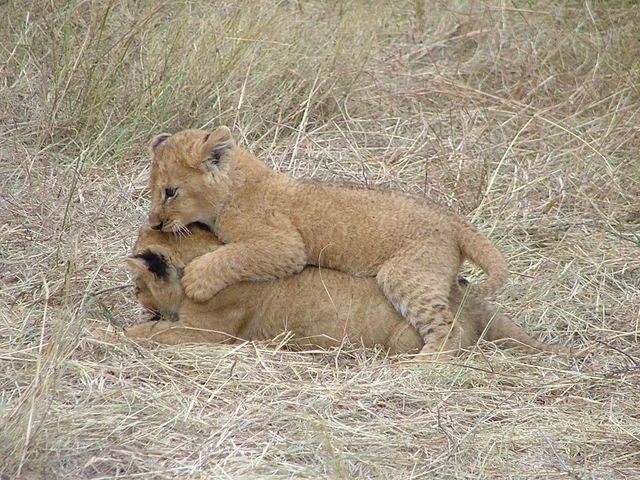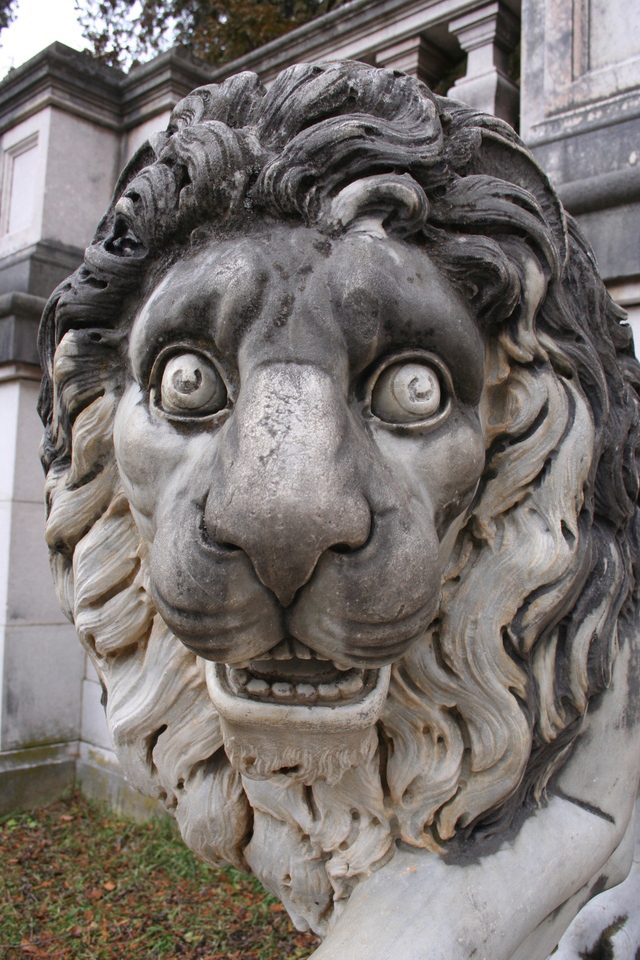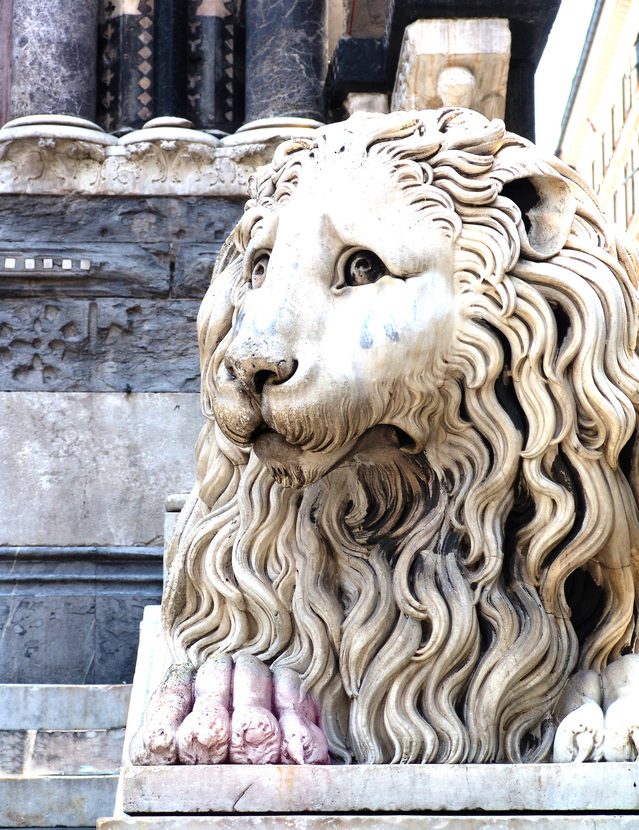-
In 1910, some naturalists and colonial settlers instigated Nairobi National Museum to keep their collections of various specimens. The first site soon became too small. Hence a bigger building was constructed in 1922 which is today the Serena Hotel. In 1929, the then government set aside land for the construction of a museum at Museum Hill. The 22nd of September 1930 saw the opening of the museum. In honor of the former Governor of Kenya, Sir Robert Coryndon, they named it Coryndon Museum. But they renamed it on the attainment of independence in 1963 as the National Museum of Kenya.
-
The first railway was in the port of Mombasa. Track recovered from the Central African Railway supplemented the original route. After leaving Mombasa, the rail had to go through a painfully slow job because two man-eating lions held up the construction. Eventually Lt. Colonel, Patterson hunted and shot them down. He describes his experiences in his book Man-Eaters of Tsavo, dramatized in the movie The Ghost and the Darkness in 1996. Their stuffed carcasses of are now on display at the Field Museum Chicago. And a box in the Railway Museum contains three claws clipped from one of the lions.
-
In the 1970s Nani Croze, owner of Kitengela Glass, visited the Athi-Kapiti Masailand for a picnic. The natural beauty so captivated her that she decided to move there, and in 1979 Nani started the stained-glass studio. Today, Kitengela is known for Kitengela Glass founded by Nani Croze in 1981 and Kitengela Hot Glass owned by Anselm Croze, her son. They have different galleries, furnaces, and workshops, but share the grounds. In addition, there is also the Kintengela Glass Research and Training Center. Anyone who wants to learn to make glass sculptures can take a course offered at the Training Center.
-
Mystery, myths, and legends shroud the Maasai history. Much of their early origins come from their vibrant oral traditions. There is a lack of written sources. This indigenous pastoral society often passed on their traditional knowledge in the form of folktales, stories, songs, poetry, and chants. They contain knowledge about traditional medicine, landscape ecology, grazing practices, the behavior of animals, gathering of wild plant foods, and livestock management. Their origins are limited to our knowledge of them from the past few centuries. Maasais still hang on to their shukas, masks and religion that quintessentially serve as relics of their past.
-
This is a sneak preview into the personal lives of Maasais. Maasai music has no instruments. They use grunting vocals of two different contrasting rhythms. The lead singer calls out something, and the rest would repeat it. Maasai dancing is fascinating. Singers stand in a line. Then each person jumps as high and as long as they can. Some dancers pay close attention; others just giggle, and some others talk to their co-dancers while dancing. Their death is without a formal funeral service. Burial has been reserved only for chiefs since Maasais believe that burying people is harmful to the
-
A Maasai’s entire life revolves around livestock. Maasais extract cow blood as follows. Once a month, they take out blood from cows pretty much like people giving blood. They make the jugular artery on the cow’s neck swell by tightening a noose around its neck. At close range, one of them fires a short, blunt arrow from a loosely-strung bow puncturing the vein of the cow. They then collect the blood in a gourd. They stop the bleeding with a wad of dung and mud. In recent times, consumption of blood is waning due to the reduced numbers of livestock.
-
The Maasais are considered to be cattle herders of Africa. Population growth, development strategies, and a shortage of land have declined cattle raising. However, for many traditional Maasais, cattle are still the breath of life. Adaptation to rapid economic and social change is the greatest challenge the Maasais face. Increased land encroachment threatens their traditional way of life. Sooner or later they would have to come to terms with integrating into the modern economies and political systems. As a result of the challenges faced by the Maasai, there are many support groups and non-governmental organizations working in collaboration with Maasais.
-
Maasai ceremonies between circumcision and marriage serve to maintain their age-set classes of social system and political culture. But they do not distinguish age or time similar to the advanced and more modern ways. They approximate time in fourteen-year sections. Maasai ceremonies and traditions mark the age-sets in their strictest form. One of the most important Maasai initiation is Emuratare elevating the boys from childhood to adulthood. The fourteenth year culminates in Emuratare or circumcision and the 28th year in Eunoto or marriage. And in between these years, they are warriors with the responsibility of defending the territory where they
-
Despite of a high cholesterol diet, Maasais show no signs of heart or lifestyle diseases. The consumption of unhealthy food seems to have no adverse impact on them. The level of cholesterol, blood pressure, cholesterol gallstones, and hypertension in their bodies is negligible. They tend to have low rates of coronary artery diseases and have excellent endurance. And they burn no more calories than sedentary urbanites. It is indeed a miracle that the Maasais are in good health despite of their diet. The medical scientists often referenced the Maasais as evidence that low-carbohydrate and a high-fat diet is not heart-damaging.
-
Maasai is the most known Kenyan tribe, having grown into a brand of tourism and fashion. The tribe is an icon of the diversity of Kenya. Traditional beliefs, pastoral traditions and exquisite artistry of warriors constitute the Maasais. Louis Vuitton has a line that includes Maasai hats, scarves, beach towels and duffle bags. There are currently 80 companies worldwide using the Maasai image. It shows just how well-recognized the brand has become. To the modern world, they may represent fashion brand, but for the Maasais, they are symbolic. Entering into Maasailand is taking a journey to a land of symbols.
-
Maasai rituals are an essential part of their lifestyle. They have survived in part through oral genealogies. Age-sets identify men for the rest of their lives. On the other hand, Maasai culture recognizes women by the age-sets of their husbands. Some ceremonies are for both women and men. Others are solely for the males. Female ceremonial rituals focus on their marriage and circumcision. Both males and females are supposed to undergo circumcision. Each ritual transition between age groups and age-sets is metaphorically a step toward God and old age. Predominantly, the rites of passage are the most famous Maasai festivals.
-
Maasais are not only tribal herders but are great politicians and world-class athletes as well. Their aspiration to represent appropriately in the country’s governing classes is evident in Joseph Ole Lenku who vied for a governorship position in the 2017 elections. Similarly, David Rudisha stands testimony to their exceptional athletic prowess. His march towards becoming the third-time gold medalist for the 800m race at the 2020 Olympics is pretty commendable. And he stands a good chance. Anyone fascinated with this nomadic tribe would be equally in awe to learn about the journey of these two Maasai men and their backgrounds.
-
Maasais are facing many political and socio-economic challenges. They live in inconceivable poverty and rely on relief food. Customs, activities, rituals and cattle raiding have been outlawed. Maasai leadership is losing its power because of imposed foreign concepts of development by the western front. Government policies have made Maasai way of life increasingly difficult. At this point, the sustainability of their way of living is uncertain. Although Maasai culture is transforming, its beliefs and values remain strong. Maasais who lead urbanized lifestyle happily head homewards in designer clothes, only to emerge from the Maasailand wearing their shuka and cowhide sandals.
-
Lions are susceptible to tick-borne diseases such as canine distemper and babesia. They contract distemper by eating sick domestic dogs coming from the neighboring villages. Babesia occurs when malnourished animals are vulnerable to disease during droughts. The combination of both these ailments has caused mass fatalities in lion populations. However, it is human conflict that is contributing more significantly to the decreasing rate of lion population. Because of this, Kenya Wildlife Service, in collaboration with local communities, has implemented conservation solutions. Hence, three organizations – Born Free, Lion Guardians, and American Fish and Wildlife Service – have created conservation strategies.
-
Lions are born with blue-grey color eyes, but it begins to change to an orangey brown. They have a small area called Jacobson’s organ on the roof of the mouth that allows them to taste smells. In complete contrast to humans, a lion’s tongue is so rough that if it licks the back of our hand a few times, there would be no skin left. All cats have whiskers, and the fat cats are no exception. A lion’s paws have five toes in the front and four in the back. lion has a long tail that helps it to balance.
-
To dream a lion can symbolize a defensive position. You might have a dangerous condition that has entered your life. It represents predatory feelings deep inside you. A lion in dreams also means having the ability to overcome some of your emotional issues by getting in touch with the feelings and taming them, if necessary. Some people dream of lions when they get a feeling of being preyed upon by enemies. Interestingly though, dreams of preying lion bring messages of self-sufficiency implying that you like to spend time alone because you are independent. Also, the lion spirit deals with power.
-
Lion is the only cat family member in which the males differ from the females in appearance – the mane. No other cat has it. Nobody knows for certain why a male lion has a mane and not a female. Researchers are still studying to understand as to why they have manes. So far, there are five theories as to why the males grow a mane. It protects the neck during fights. It keeps cool and clean in hot climates. The mane blends in and camouflages. The female lions get sexually attracted to the mane. And it intimidates other male
-
Published research studies shed some light on the workings of a lion’s roar. The secret lies in the vocal cords. In most species, the vocal cords are triangle-shaped and protrude into the airway. But in lions, the protrusions are shaped like squares because of the fat in the vocal cord ligament. This square shape allows the tissue to respond efficiently to passing air, allowing the roar to be louder. The studies also suggest that there is a similarity between a baby’s cry and a lion’s roar. Both have vocal cords that are gel-like that make irregular vibrations to create sounds.
-
People have used lions as a symbol for thousands of years. In some nations, lion causes fear because of the great power it wields and the fact that it walks in silent moccasins. Similarly, lion symbolizes various things in different religions and cultures. Depictions of lions are a millennium old and appear in nations across Africa, Asia, Europe, and throughout the globe. The Flag of Iran bore the Sun and Lion until 1979 from the year 1946. The coat of arms of the Netherlands, the United Kingdom, Bulgaria, Canada, Czechoslovakia, India, Spain, and Sweden has the depiction of the lion.
-
The lion is the head of the animal kingdom and thus a non-fearing animal. Hence, the most consistent depiction is the king of jungle. Since time immemorial, people have drawn inferences regarding the characteristics and features of lions and used them in lion symbolism. These inferences have diverse symbolic meaning. For example, a male lion is a symbol of power, and the lioness is the Mother. And in psychology, the lion stands for the latent passions in the unconscious. Lion parts carry different symbolism as well. Its carcass associates with honey, its head with care and its tooth with eternity.

